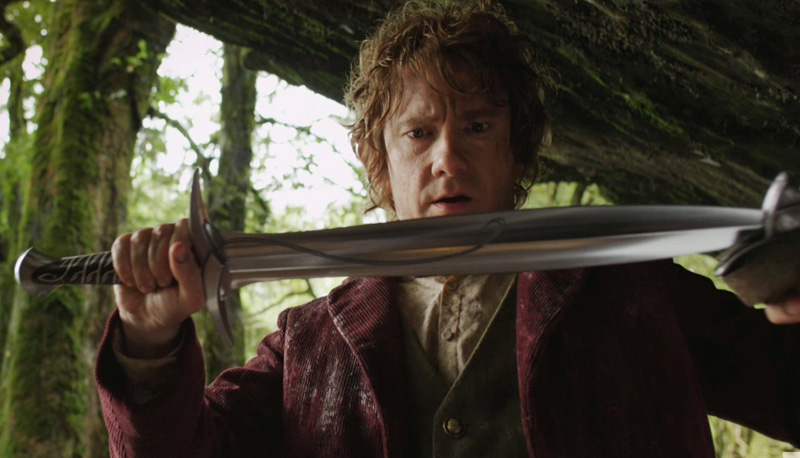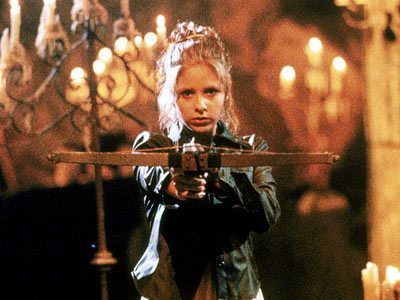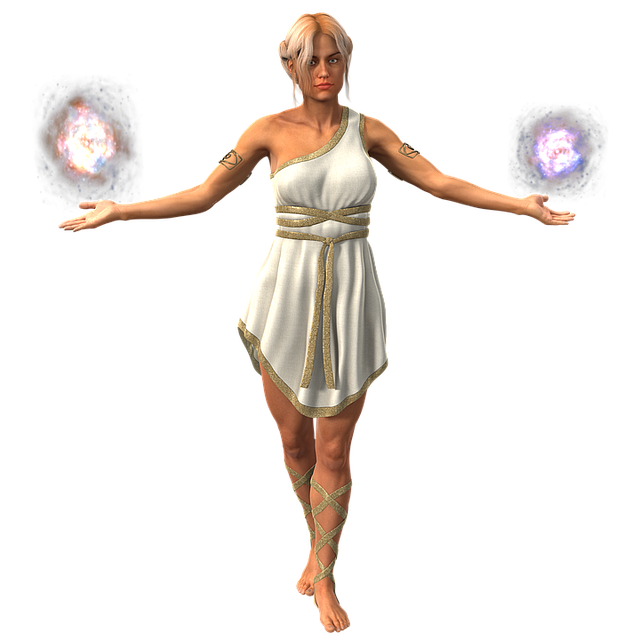There is an ongoing discussion on the RMU beta test forum over weapon sizes. How do you handle a halfling wielding a trolls dagger? Is the dagger a shortsword or a broadsword to the halfling. Does the fact that it was made for different hands make a difference to how you wield the weapon? There were complications where using an under or oversized weapon such as a undersized two handed weapon may be more effective than using a one handed weapon specifically made for you race. So all your human warriors are using halfling two handed swords rather than broadswords.
This is a long rambling debate and you can check the ICE forums if you want to get involved. One of the things I find frustrating is that one never really knows what the devs have taken on board, what their solution is, if any, and is just being ignored because that part of the rules is are already written.
I will say I am not a fan of the RMU size rules. I think they sound fine in principle but they just didn’t work for my play test group so much so that the group didn’t want to play any more. The play test lasted two sessions!
So how do I handle size variation between different size combatants? I totally agree that all things being equal a giant hitting hitting a halfling should do more damage than the halfling hitting the giant. There is just more kinetic energy in the attack!
The big monster hitting the little character requires no modification. The big monster has its size and mass figured into its OB. So that was easy, just play the RAW.
The smaller combatant hitting a larger one though does need a slight adjustment. It doesn’t need the multiplied hits or stepping up and down for criticals. The very largest creatures have this built in in C&T anyway. So what I do is for every relative size smaller than Medium incurs a -10 OB, every relative step above Medium gives a +10 OB. That results in smaller creatures doing less damage and maybe a lesser crit. Larger combatants tend towards harder hits.
Breaking 150
In another closely related rule is my ‘breaking 150’. For me I use a +1 on your critical roll for every 10 more than 150 rolled. So an attack roll total of +175 would give a +2 to your critical. This also tends to mean that massive attacks tend to do better criticals. My critical tables have an UM66 and a second 66 result. Obviously you cannot shift your critical up to the UM66 result.
Wrong Size Weapons
So how do I handle wrong sized weapons. Well the weapon uses the table for what the weapon actually is. So a halfling using a human broadsword as a two handed sword still uses the broadsword table. But for every one step in size difference gives a -10 OB. This reflects the fact that the weapon was just not designed for that size hand.
It also takes into account that a dagger is a stabbing weapon designed for pushing into the gaps between armoured plates. A broadsword is a swinging weapon designed to use speed and mass to inflict damage. A human picking up a halfling breadsword does not change the shape and design of the weapon and turn it into a dagger.
So the example of Sting. Could Bilbo wield Sting? Sting is regarded as a Elven shortsword in RM terms. So Bilbo would be using it as a shortsword but at -10 OB. Chances are that Sting has a greater than +10 magical OB anyway so even with my penalty it is still worth using Sting in combat and its orc sensing powers make it even more useful.
So in conclusion I would say whilst it may not be the idea engineers solution my rules are very quick and easy to use, easy to understand and cope with all the combinations I have ever had to adjudicate on.






